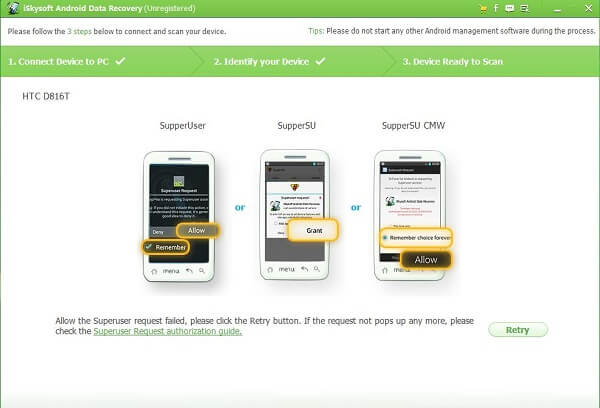

Pollard cites three events that led to Ashe finally speaking out, all in 1968: the assassination of Martin Luther King Jr., the assassination of Robert F. He needed to find a way to have a platform to speak out.” But he understood what was going on in America. “So to realize that he was a young man growing up in Richmond, Virginia, a very segregated community, who was taught to not make waves and then becoming a star in the tennis world in UCLA, being on the Davis Cup team, getting all these accolades - and then someone like Harry Edwards reaches out to him and says, ‘Arthur, we want you to break some barriers like we’re doing in the other aspects of sports.’ And Arthur’s being reticent and being basically called by some of these other athletes, like Kareem Abdul-Jabbar and even Harry Edwards, an Uncle Tom. “I didn’t know much about Arthur’s off-court activism at all,” Pollard admits. SEE Gold Derby interviews with 2022 Oscar contenders

The doc features interviews with Moutoussamy-Ashe, Johnnie Ashe, tennis greats Billie Jean King and John McEnroe, and includes a running voiceover from Ashe himself from an in-depth interview he had done with his biographer discussing his career, his initial reluctance to take a stance, and the extra avenues he had to navigate as a Black athlete who didn’t have the “emotional freedom” to let out on-court outbursts like McEnroe did lest he be seen as a stereotypical “angry Black man.” As Ashe found success on the court throughout the ’60s, off the court he faced pressured to speak out for civil rights as other Black athletes, like Muhammad Ali, were doing. Open in 1968 - the start of the Open Era in tennis - the Australian Open in 1970 and Wimbledon in 1975. It chronicles his rise tennis, breaking barriers in a predominantly white sport, as he became the first Black man to win the U.S. “Citizen Ashe,” which opened in limited release this weekend and will debut on HBO Max and CNN Films in 2022, is a tale of two Arthurs: the athlete and the activist.

Pollard, with whom Miller had worked previously, joined about a year and a half ago to help complete the film. The project got rolling after Ashe’s widow and photographer Jeanne Moutoussamy-Ashe and his brother Johnnie Ashe came onboard. Her father had spent a week with Ashe in 1968 and she had 41 rolls of unseen film for Miller. Miller, who helmed the 2015 doc “Althea” about Althea Gibson, the first African-American tennis player to win a Grand Slam title, started work on “Citizen Ashe” five years ago after the daughter of a “Life” magazine photographer reached out to him.


 0 kommentar(er)
0 kommentar(er)
